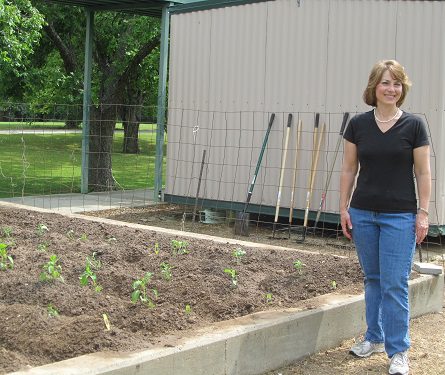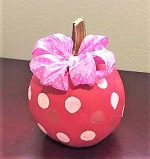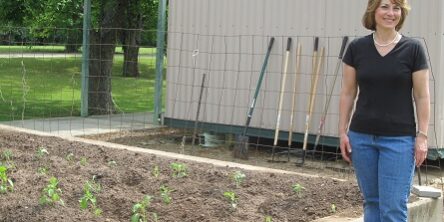Paula L. Griswold, PhD, MT(ASCP), and Stacy Starks, PhD
In today’s world and academic environment, keeping classroom content stimulating while promoting student engagement are challenges faced by professors throughout academia. Classroom interactions need to be engaging and thought-provoking to allow students better comprehension of subject matter leading to a more focused career path. For students to be truly engaged in the classroom, faculty must develop unique ways to sustain motivation and involvement. One way to do this is through co-curricular activities.
There are many benefits of developing co-curricular activities in university classes. First, the co-curricular activities employed in health sciences programs expand the knowledge base of future health professionals through participation in hands-on experiences in the community. Second, these activities allow students to apply knowledge studied in the classroom and improve soft skills needed for entry into the workforce. Third, engaging students in co-curricular activities trains them to better serve their communities.
Two faculty in the School of Health Professions at the University of Louisiana Monroe (ULM) developed and incorporated cocurricular activities into courses to facilitate this engagement. These co-curricular undertakings exposed students to handson, real life experiences that connect to coursework and enhance skills necessary for successful entry into the workforce. These activities included those performed by students in a Registered Student Organization (RSO) and a Social Epidemiology course.
To recruit students to participate in these co-curricular activities, announcements were made in classes and reminders were sent to students via the learning management system, group messaging platforms, and student organizational meetings. Often, students were assigned tasks prior to the activities as a mechanism to stimulate better engagement. These tasks included organizing an activity, making lists of materials, and completing any necessary paperwork required for the activity. Additionally, at the conclusion of the activity, participants were required to write a reflection paper and contribute to group reflective discussions.
 |
| “Victory Garden” at the Northeast Louisiana War Veterans Home |
Co-curricular activities were developed through collaboration with the ULM Registered Student Organization Office and various community agencies. At ULM, the purpose of the RSO is to support the educational mission of the university. Students interested in creating a student organization follow RSO procedures identifying the leaders and officers. The new health sciences student organization was promoted through word-of-mouth and on-campus visibility. Semester meetings were held with active members to design appropriate activities to support health and wellness both on-campus and in the community.
Community agencies were contacted for activities available to groups of students that promote healthcare or other class topics. Ideas were formalized, along with the dates and locations of the activity. Communications continued with the agency administrators regarding the activity until the event occurred. After the activity, a thank you card or letter was sent to the agency.
Examples of co-curricular activities include the following.
Health Fairs: Students participated in health fairs throughout the academic year, both on and off campus. They created poster presentations and pamphlets on health topics and discussed these topics with employees at a local corporation as well as with employees and students on the ULM campus.
Victory Garden: Students organized and planted a “Victory Garden” at the Northeast Louisiana War Veterans Home located in Monroe, Louisiana. They consulted with residents and administrators at the home on the design and implementation of the project.
 |
| Pink Pumpkins for Breast Cancer |
Older Americans Luncheon: Students assisted with an “Older Americans Luncheon” hosted by the West Ouachita Senior Center located in West Monroe, Louisiana. Students decorated the reception hall, assisted in preparing the program, greeted seniors as they arrived, and assisted individuals to their tables.
Eliminate Hunger Campaign: Students participated in the “Eliminate Hunger Campaign” for the elderly in Ouachita Parish. Students bagged and distributed food items to seniors located in West Monroe, Louisiana.
Pink Pumpkins for Breast Cancer: During Breast Cancer Awareness Month, the student organization sold painted and “blinged” pumpkins for breast cancer awareness. All proceeds were donated to breast cancer research.
Students reported through reflection papers and group discussions that they felt more connected to the community as a result of their participation in these activities. Other comments included that they sensed they were making a difference in the health of others. The effect of their involvement in the community gave many students a sense of responsibility and commitment. It also had a positive impact on their engagement upon returning to the classroom.
